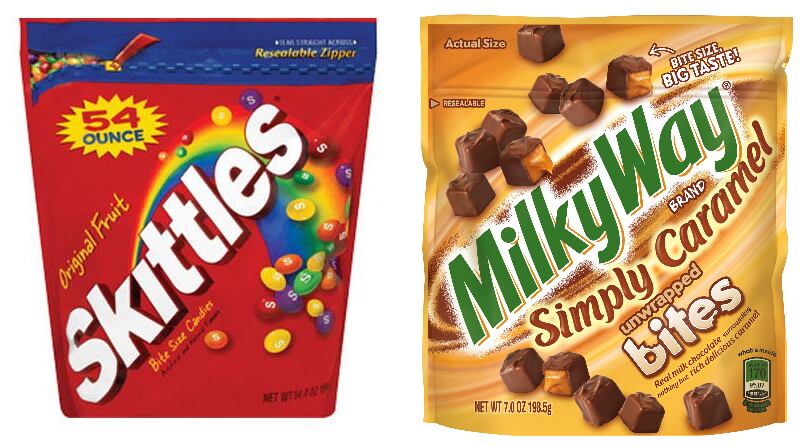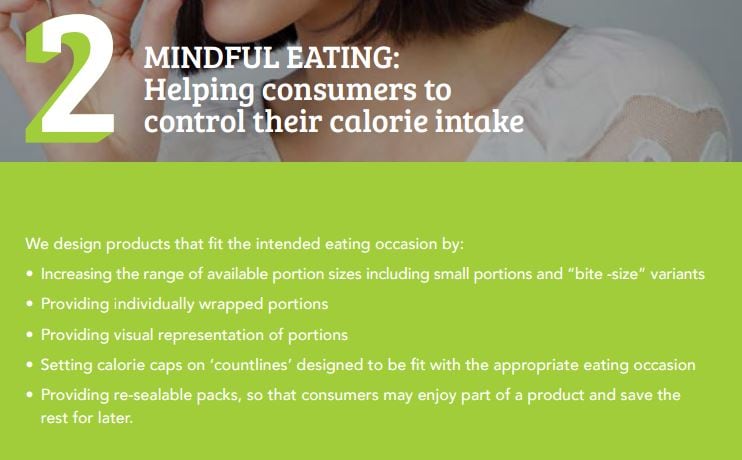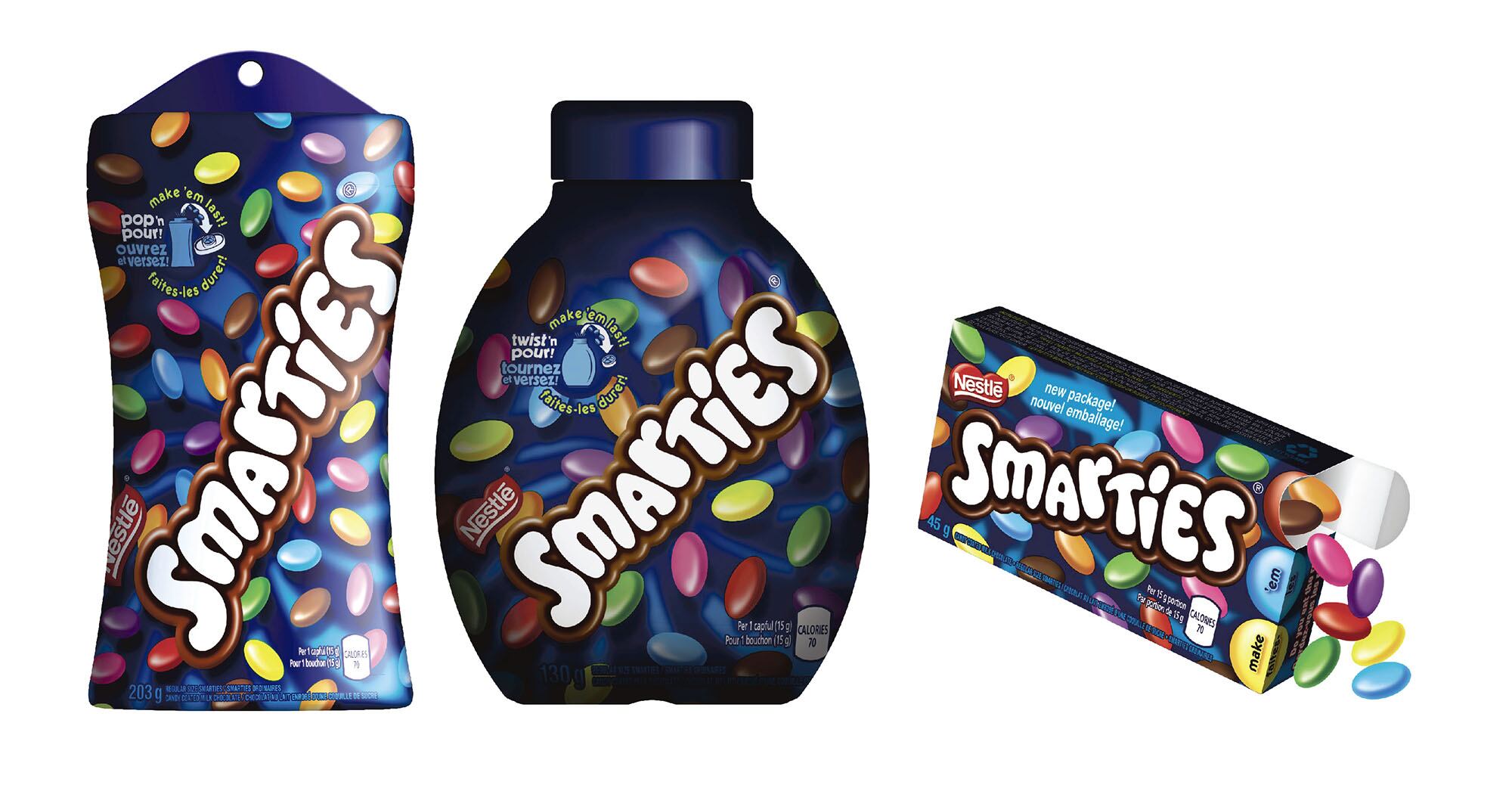Major players have committed to addressing rising obesity concerns by signing up to European confectionery association CAOBISCO’s ‘Menu of Options’, which gives companies voluntary routes to tackle the issue.
The majority have taken a holistic approach focused on portion size control.
‘Normally people will moderate,’ says Mondelēz
At CAOBISCO’s annual meeting in Brussels earlier this year, ConfectioneryNews asked Mondelēz, Nestlē and Ferrero if share bags represent a loophole and encourage over-eating.
Popular stand-up pouches

Share bags in stand up-pouches have enjoyed a surge in recent years as top firms introduce bite-sized and individually wrapped versions of popular brands. Mars sells bite-sized versions of brands such as 3 Musketeers, MilkyWay and Twix in flexible stand-up pouches with resealing features. Mondelēz International-owned Cadbury also sells bite-sized version of brands such as Wispa and Milka and in 2012 identified ‘Bitesize’ as one of its four global chocolate innovation platforms. Lindt has also introduced a number of bite-sized SKUs in recent years, including Hello Bites, Ghirardelli Minis, and more recently for its new Russel Stover Every Day range.
Mondelēz – which has set a goal for 50% of its revenues to come from ‘well-being’ products by 2020 – says share bags are clearly designed for sharing rather than individual consumption.
“Yes, we do have bitesize varieties led by consumer demand,” said Belinda Quick, EU nutrition affairs lead at Mondelēz.
“We find that people normally will moderate. We clearly communicate on the front of pack what the portion size should be and we do enable that to be resealed and we do have a range of offerings,” she said.
But are consumers eating more when they buy share bags than a single-serve countline?
"It would be a very difficult study to design,” said Quick. “I'm sure there are some people who eat more than we recommend and I'm sure there's some people who eat less."
Research from our sister publication The Grocer found that 35.7% of UK consumers aged 16-24 claim to eat confectionery bags intended for sharing in one go, by themselves.
Children may choose smaller portions than parents: Nestlé
Richard Wood, nutrition, science and regulatory affairs manager at Nestlé said: "These products are designed with sharing in mind.”
The principle health concern for the category, among consumers, according to European consumer group BEUC, is marketing confections to children.
Wood said Nestlé had conducted small-scale research in various markets asking parents and young children to count out the number of pieces of certain brands such as Smarties or Jelly Tots they thought was an appropriate portion size.
“The kids actually counted out a similar amount to what we would guide to consume as a portion. The moms counted out more than what we would guide,” said Wood.

Improved information for consumers
Roberto Menta, director of nutrition & sustainability at Ferrero's subsidiary Soremartec, said consumers are largely aware that confectionery is high in calories, sugar and fat, so tend to moderate their consumption of share bags.
“For chocolate, bites [or share bags] can help consumers have more control of their intake…. Bite-sizes can help the more conscious consumer,” he said. “The problem is there is still a part of consumers not aware of this so we have to work on education and information for the consumer.”
He said the industry could help by providing clearer portion guidance through visual representations such as images of the recommended pieces per portion. Ferrero considers portion control as one of the most cost-effective ways to tackle rising obesity rates.
More packaging waste?

CAOBISCO suggests its member companies can encourage mindful eating by providing more individually wrapped portions to help consumers control their intake.
But does the aim conflict with industry efforts to reduce packaging waste?
"There's no easy answer,” said Nestlé’s Richard Wood. “One of the difficulties in providing individually wrapped portions is you increase the amount of packaging material, which is obviously something you don’t want to do.”
But he said Nestlé had been able to reduce its pack size for Smarties in Canada from 50 g to 45 g by using a carton pack with individual compartments to regulate portion sizes.
Wood said the overall weight of Smarties packaging material was unchanged because the product contents were smaller.
“What you've got to do if you go down this individually wrapped portion route is look at more environmentally sustainable packaging,” he said.
